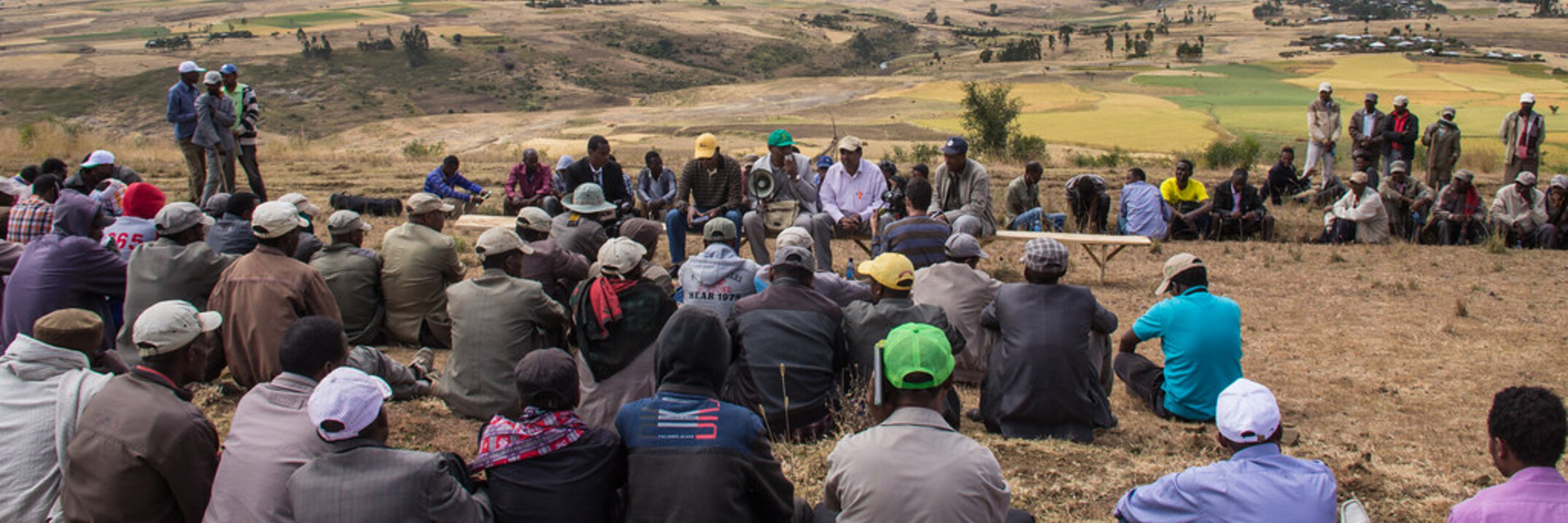Despite their ecological, economic and social importance,
grasslands in areas with Mediterranean climates
continue to receive limited scientific, political and
media attention. The main objectives of this review
are to compare and contrast dryland...


